The £1.8 million Aston Martin Vulcan has received its global dynamic debut at the Goodwood Festival of Speed.
The exclusive track-only car, of which just 24 examples will be made, was driven up the famous hill climb route by Aston Martin driver Darren Turner.
First unveiled at the Geneva motor show back in March, the Vulcan is powered by a 7.0-litre V12 engine producing over 800bhp - making it the most powerful normally aspirated car in production.
The Vulcan will be built by an elite skunkworks division of Aston Martin, located near to the firm's Gaydon headquarters. Engineers will be assemble the car from parts bought in by specialists, mostly race-engineering suppliers, and from Aston itself.
A small, hand-picked team of engineers will start making the cars later in the summer, with the first deliveries due at the end of the year. "We will focus all the set-up of the Vulcan on the track," said project chief David King.
The Vulcan is named after the aircraft that once used Aston’s Gaydon headquarters when it was an RAF base. It is built around a carbonfibre tub and is made almost exclusively of exotic, lightweight materials.
Design chief Marek Reichman revealed that the Vulcan also previews the “visual language of our future sports cars”, as Aston prepares to give greater visual differentiation to its sports cars and GTs in its next generation of models, due from 2016. The firm's exterior design boss Miles Nürnberger has also said the Vulcan previews "the next generation" of its models, telling Autocar: "The shark nose on the front, some of the deeper contours and sinuous lines, you will see those in the future. You can see similarities in the front end between this and the DB10 [Aston Martin’s latest Bond car].”
At the Vulcan’s core is a two-seat carbonfibre tub derived from that used by the One-77. About 50% of the tub is new, with the chassis made stiffer and lighter and adapted to fit a full FIA-spec roll cage. Aston has worked with engineering firm Multimatic on the chassis and body development, as it did with the One-77.
The engine is mounted front-midship, with about 50% of it extending back into the cockpit. It is an AMR-developed normally aspirated 800bhp-plus 7.0-litre V12 that drives the rear wheels through an Xtrac six-speed sequential gearbox derived from the Vantage GTE race car’s. The titanium exhaust has two side exits, and Reichman promises flames on downshifts and a sound “to make you stand up and notice”. A 200mph-plus top speed is expected.

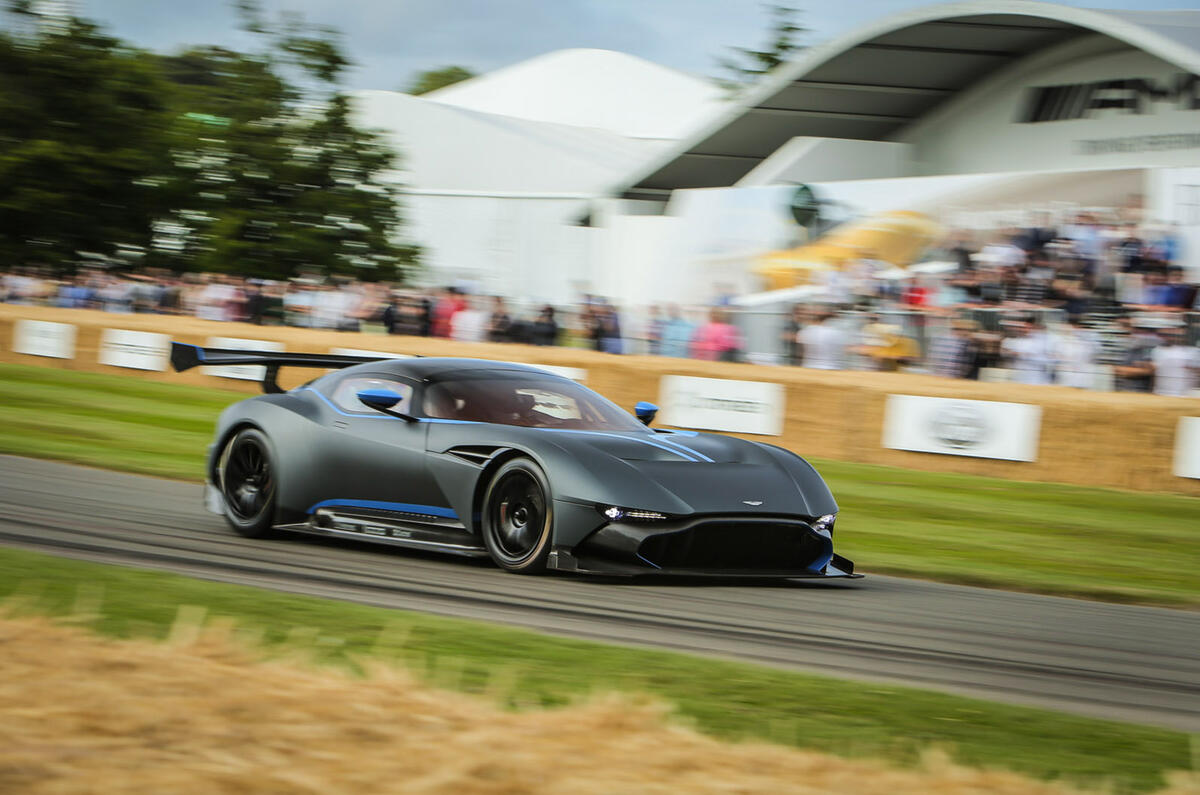




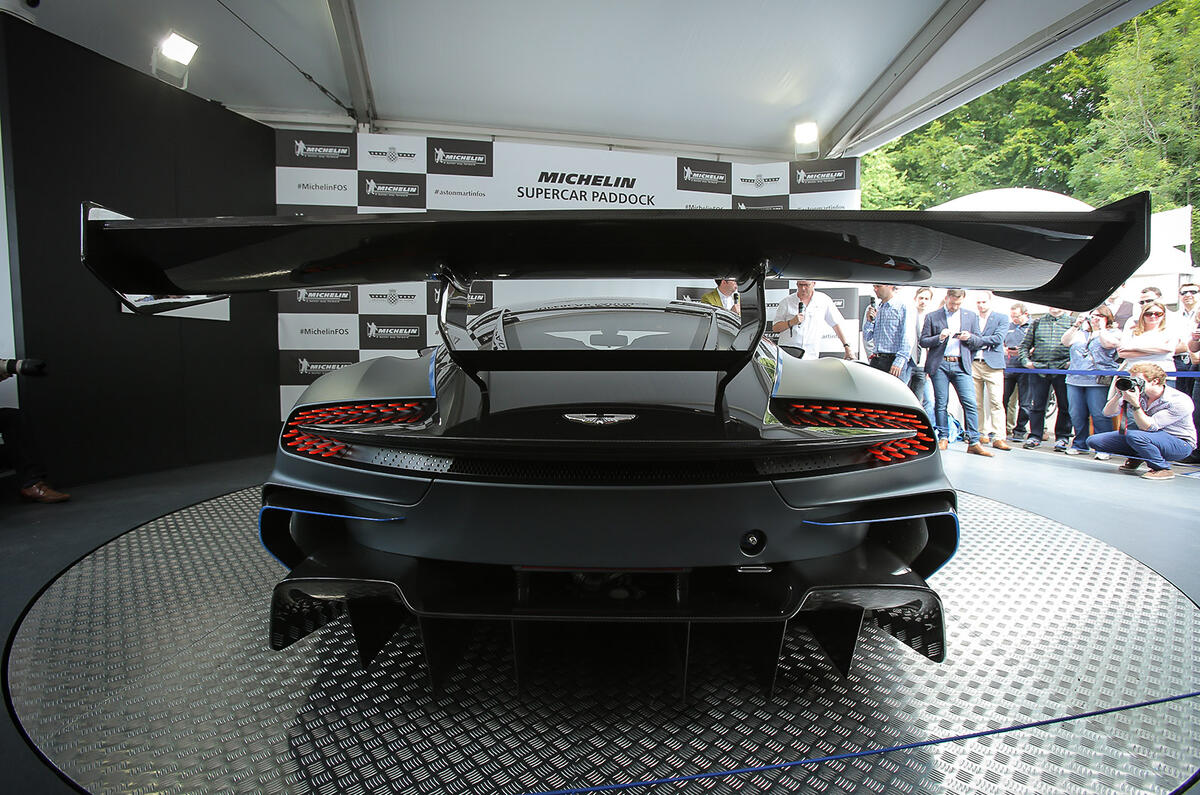



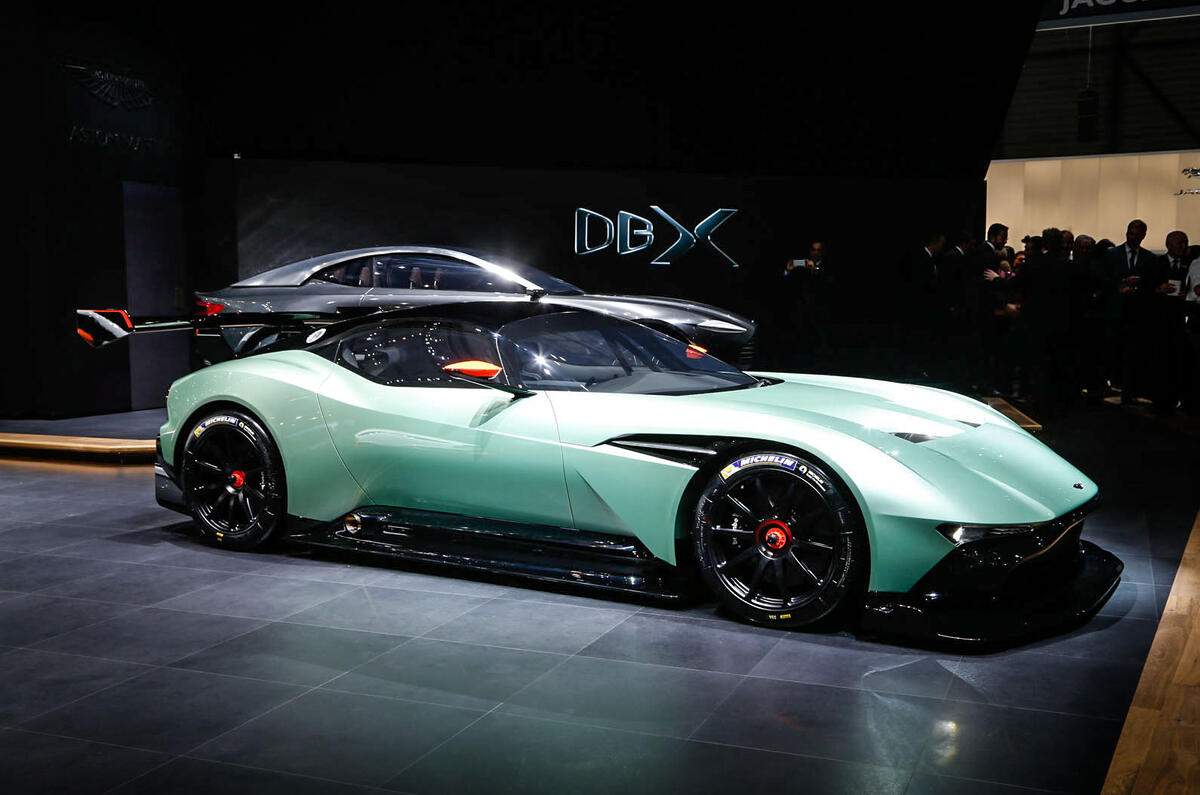
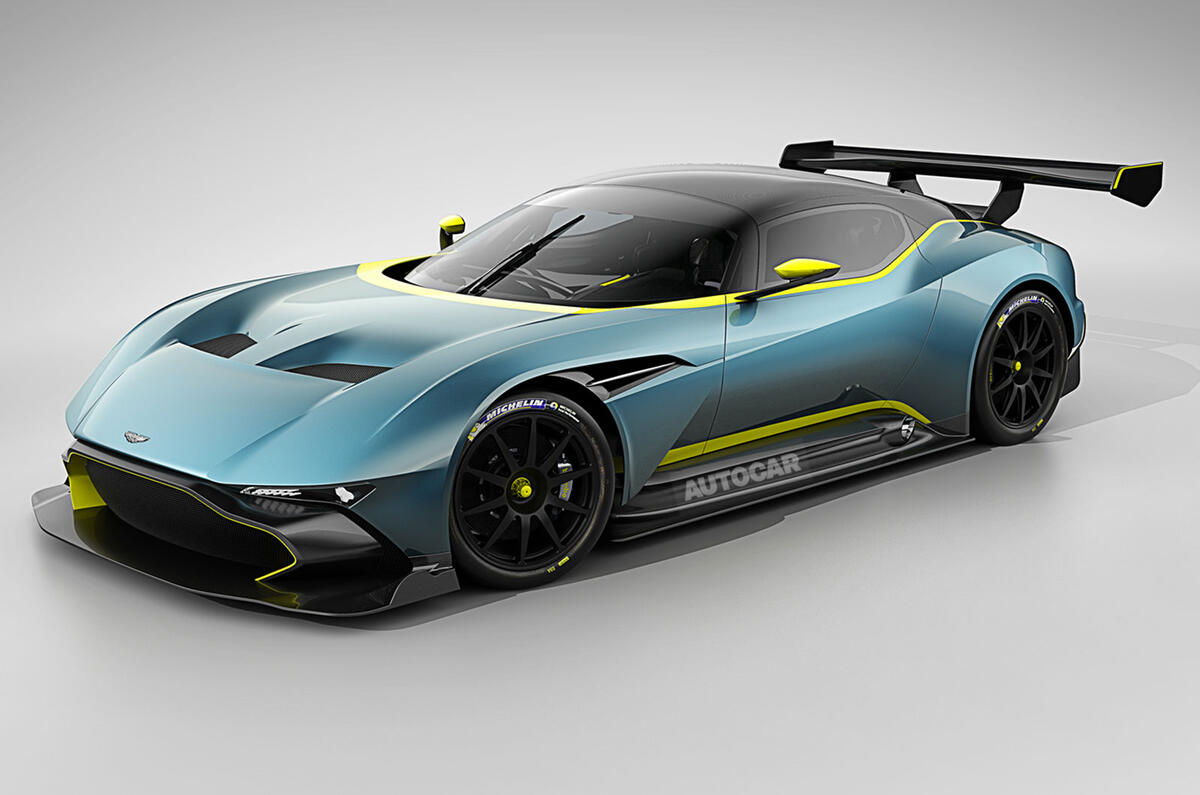

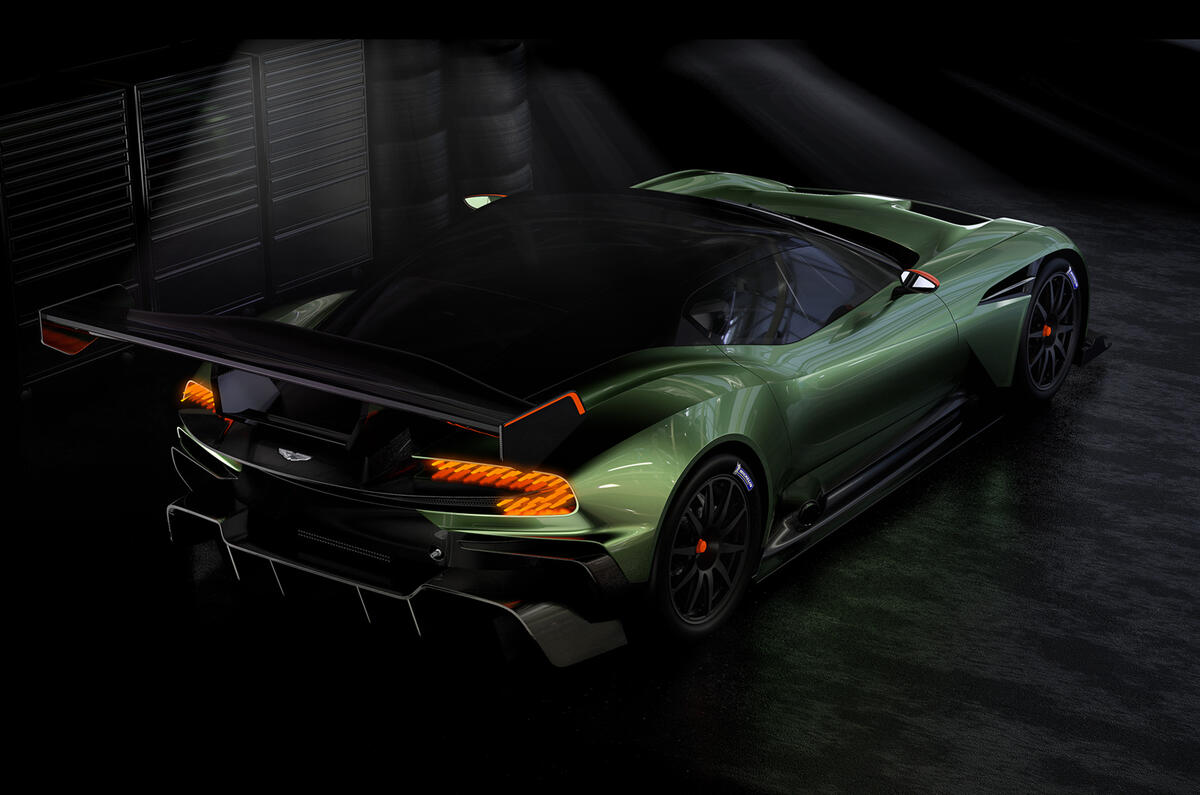






































































Join the debate
Add your comment
Bleuuurgh!!
After all these years of Aston Martin continually producing beautiful car after beautiful car, they obviously decided that it was about time they produced something truly gopping. Congratulations Aston - you have succeeded.
Aston Martin should be ashamed of themselves.
The Vulcan connection
www.xm655.com
How can anyone state that